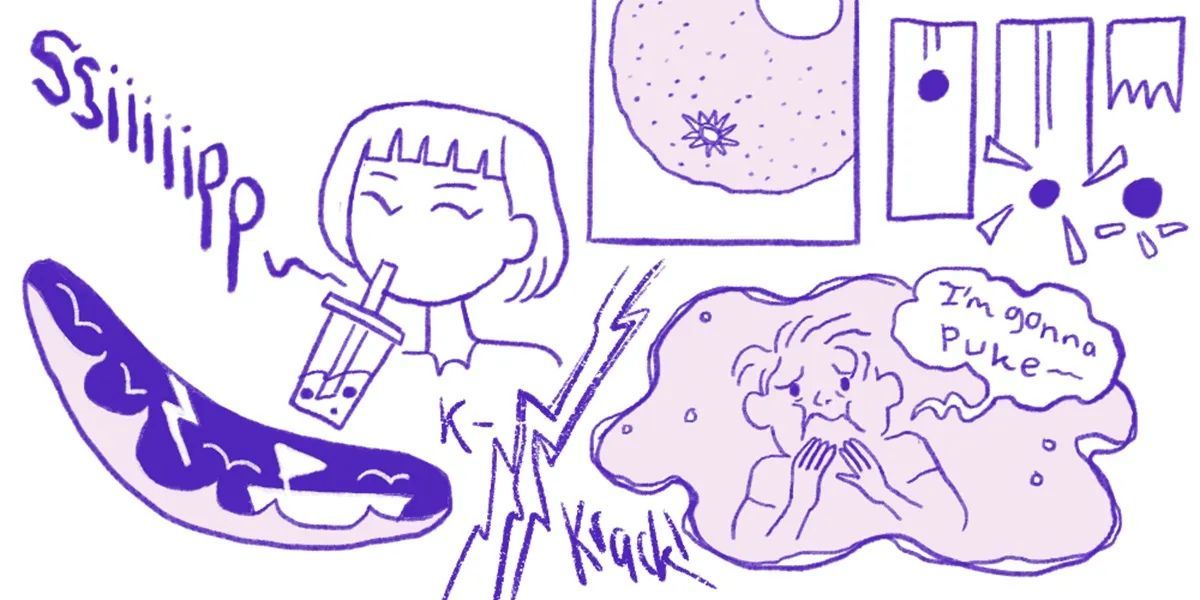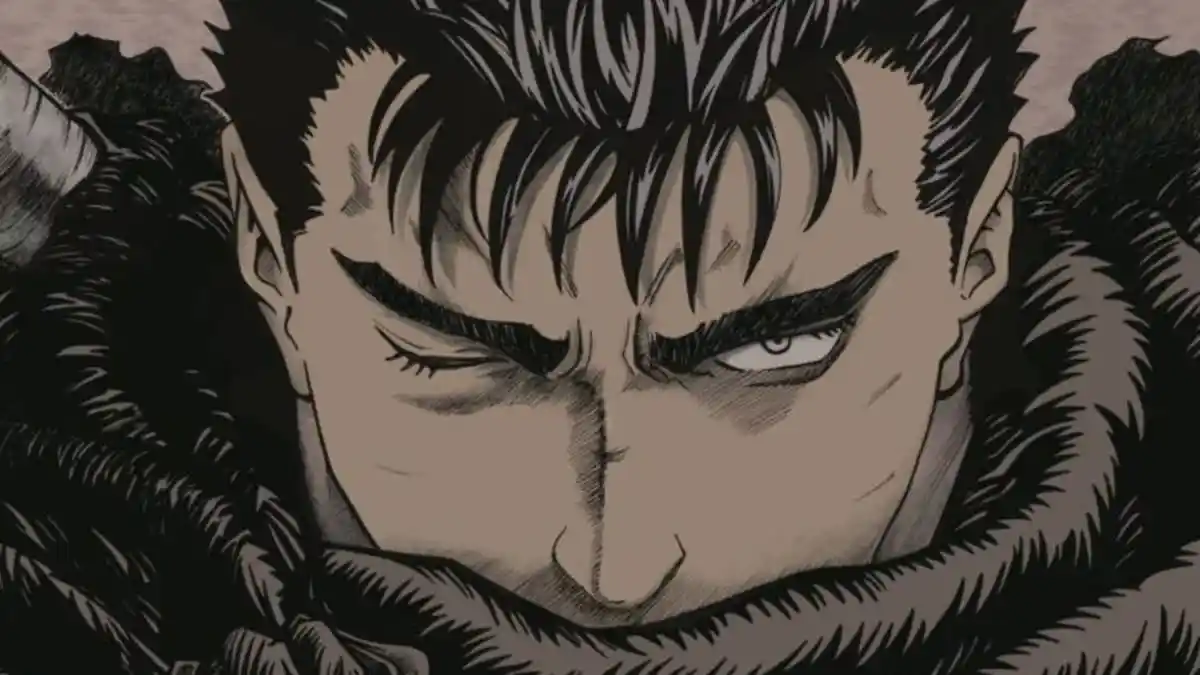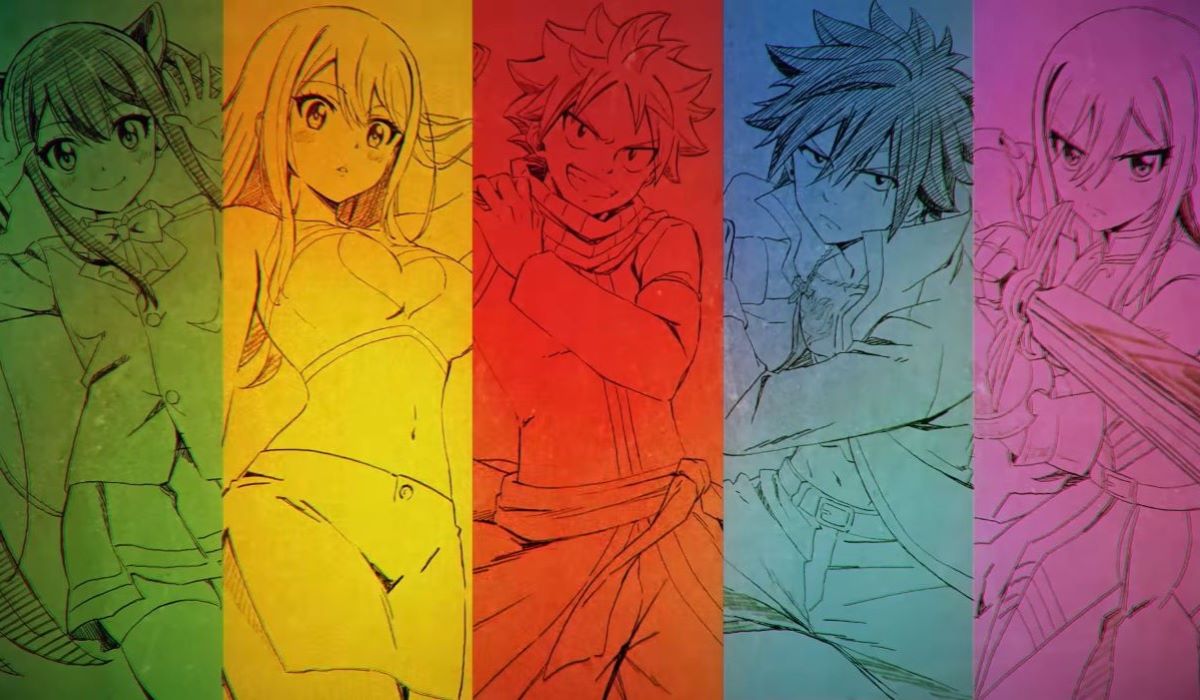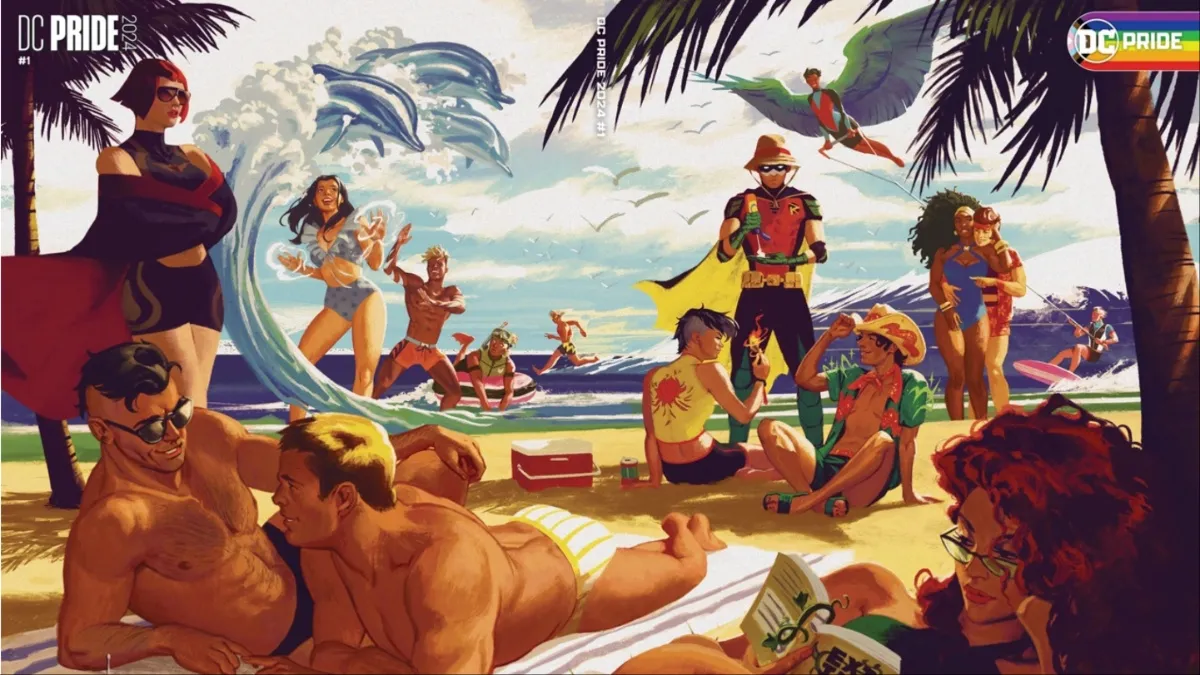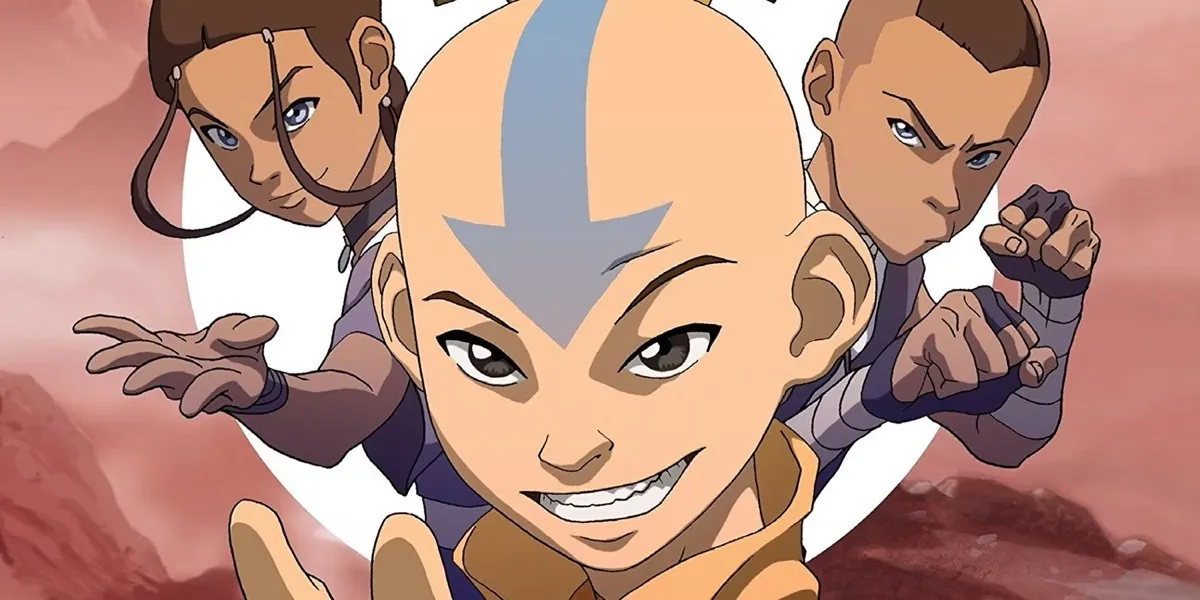A new comprehensive resource for changing how we talk about comics, The Creator’s Guide to Comics Devices, is officially live today. Curated by Ignatz award-winning cartoonist Reimena Yee, Comics Devices currently has over 60 in-depth studies of visual-narrative techniques used in comics, with the express goal of being free and accessible “for as long as the internet is around.”
As Yee explains on the site’s About page, The Creator’s Guide to Comics Devices aims to serve as “a practical, accessible resource for creators, teachers, editors, scholars, critics, readers, the curious, the open-minded, and anyone with an interest in comics.” Yee goes on to articulate the lack of widespread and accessible language defining comics on its own terms, as opposed to film, verse, or other visual art. Each device comes with examples from Reimena’s own work as a working cartoonist, as well as many examples across the comics industry for how to implement these techniques.
To say that this library is sorely needed would be an understatement. The closest comparable work, Understanding Comics by Scott McCloud, is now 30 years old, originally released in 1993. And while McCloud’s work has been a foundational text for comics study in the years since, it only contributes a specific, singular perspective to how we talk about comics.
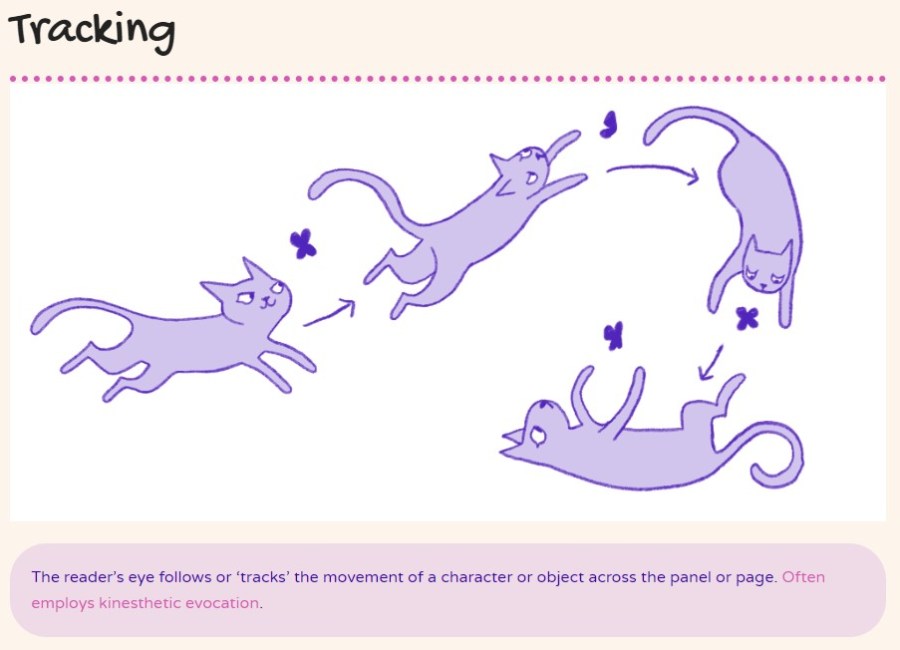
In recent years, there have been some attempts to examine specific aspects of the language of comics in academic spaces and one-off comics but none have been as detailed and open as The Creator’s Guide to Comics Devices to date. Yee cites McCloud’s work as one of many building blocks to expand on, along with the many different books and articles she cites with each device wherever possible. As she explains it in her introduction to the site:
There are many brilliant books about comics history, comics semantics, comics scholarship, but very, very few that engages comics as storytelling craft, especially for use by and for working creators. More often than not, even in those books, comics are discussed using the devices of other media i.e film, and does not explore or define further devices that were uniquely born from the visual-textual hybridity and formal limitations of comics. To my knowledge, there was no easily-accessible, currently updated, all-in-one library that catalogues devices that are specific and unique to the comics medium; devices that are not found and are not possible in prose, film or animation.
Creating language for these techniques specific to comics is no small task, and Yee goes out of her way to name this library as a part of an ever-continuing conversation about the language of comics. With an explicit goal of fleshing out definitions, adding more visual-narrative devices and more unique comic examples for each definition, it’s fair to say that The Creator’s Guide to Comics Devices will be a welcome resource for years to come.
(featured image: Reimena Yee, Comics Devices)



